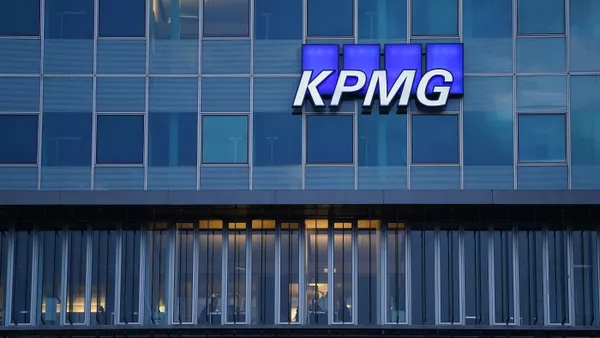The following is a contributed article from Bryan Lapidus, director of FP&A at the Association for Financial Professionals. Opinions expressed are author's own.
The concept of a rolling forecast is straightforward: Time does not stop at the end of the fiscal year, and so your forecast should add new periods as old projections become actuals.
The process is similar to how a meteorologist provides a five-day forecast by adding another day as the current day ends. In finance, when we provide a rolling forecast, we provide an update to the forecast period, the addition of a new forecast period, and, of course, an understanding of the variances for the completed period.
Effective rolling forecasts
An effective rolling forecast has significant uses in your company’s risk management program. Risk is defined as "the possibility that events will occur and affect the achievement of objectives" in the COSO Enterprise Risk Management framework. It's defined as "the effect of uncertainty on objectives" in ISO 31000:2018.
Though risk generally refers to negative outcomes, risk management, as a practice, expands the definition to include anything that reduces enterprise value or effectiveness (in the case of nonprofits).
Finance, and specifically the financial planning and analysis (FP&A) organization, is tasked with recommending to executive leadership the allocation of resources to their best value-add usage, and also curating the company’s outlook to determine whether the company will likely create the intended value or need to take corrective actions.
Evidence of a strong forecasting process is critical when a CFO reports to the board of directors. The Deloitte 2018 Audit Committee Resource Guide notes that, unless there is a specific risk committee, "risks not assigned to a specific committee are often delegated to the audit committee." The CFO is firmly in the risk management business, and rolling forecasts help in several ways:
-
Assessing changes while pursuing your strategy. The obvious reason for rolling forecasts is to view opportunities and challenges beyond the fiscal year and to fight the myopia that comes with overemphasis on current-year targets. Strategy is almost always a long-term vision, with objectives in the current fiscal year, medium-term and long-term, and so the forecast should roll out to continuously measure against these different time frames.
-
Establishing operating structures. Risk management frameworks focus on the need to develop “operating structures in the pursuit of strategy and business objectives.” FP&A is the department assigned the role to manage the plan and forecast processes; it should be staffed with qualified professionals using appropriate tools.
-
Making longer-term decisions. Business models that focus on customer lifetime value and recurring revenue recognize that the value of today’s decision may come in future years. Rolling forecasts can show that value and provide an incentive for long-term, value-maximizing behavior over short-term, bonus/target-based decisions rooted in the current fiscal year.
-
Allowing for event-based forecasting through operational excellence. Achieving the rhythm and organizational muscle to develop good forecasts becomes more important when either negative or favorable events happen. An economic shock can reverberate for months or years, and finance should be ready to generate a new forecast that contributes to the organizational response.
The CFO plays a pivotal role in a firm’s ongoing risk management, and that role can be strengthened by using rolling forecasts.













